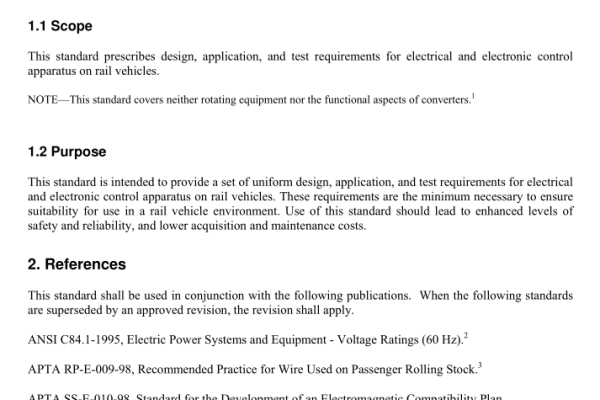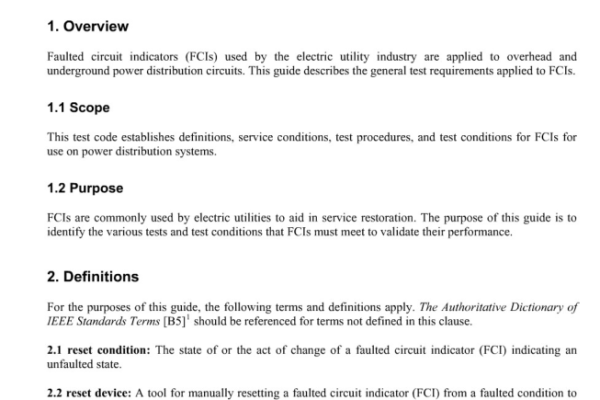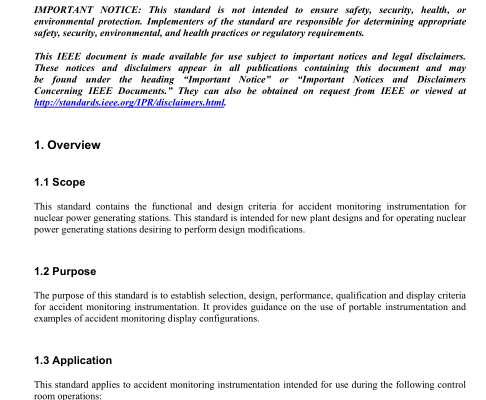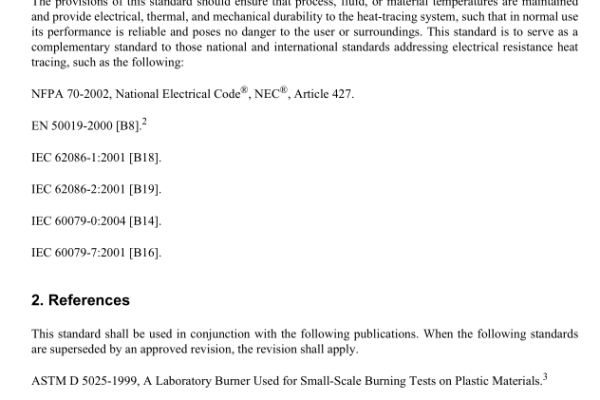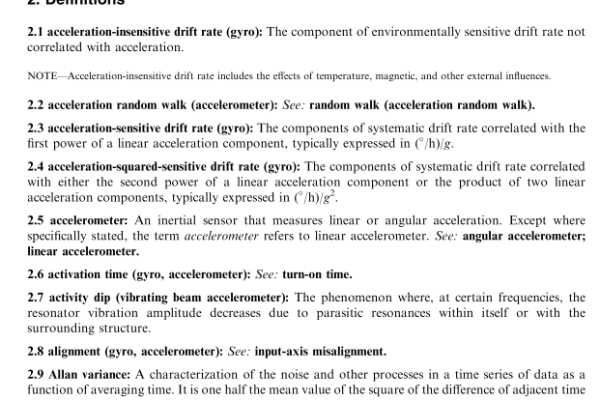IEEE 3001.8:2013 pdf download IEEE Recommended Practice for the lnstrumentation and Metering of Industrial and Commercial Power Systems
3.5 Other configuration and application issues
AC and dc instruments and meters should not be used interchangeably due to the differences in how theyare constructed. In general, dc instruments and meters cannot be used on ac circuits. However, some acinstruments and meers, depending on their construction, may be suitable for dc purposes. Themanufacturer’s instructions, as well as the information on the nameplate of the device, should clearlyindicate the acceptable usages.
nstrument and mcter users should be very aware that the algorithms used in many ac devices providcaccurate results only when a pure ac sine wave is being measured. Given the high percentage of non-linearhigh harmonic) loads found in today’s facilities, a pure sign wave may not be present Reading accuracywill therefore be significantly impaired,from the published meter accuracy, when non-lincar loads arcpresent.
As noted in IEEE Std 1100TM (IEEE Emerald BookM)3.+ B16’ Table 5.2 (also in 8.1), the readings ofsome devices may be as low as 60% of actual rms (root mean square) valuc. to a high of 184% of the actuarms-with the inaccuracy being very dependent on the variance of the waveform from that of a pure sigrwave. In that same table, it is noted that only devices using a true rms algorithm provide rated goodaccuracy for all waveforms. The accuracy variations in non-rms devices can be great enough that the useimay reach incorrect conclusions from the readings. Users should, therefore, be aware of the limitationsof their equipment and should select instruments and eters appropriate for the application.
4. Basic objectives
nstruments and meters are used in facilities for such purposes as operating, monitoring, billingaccounting, planning,assuring safe operations, conserving energy, and maintaining equipment. Theyprovide information such as the magnitude of an electrical load, energy consumption, load characteristicsload factor, power factor, and voltage.
Before bcing placed in service, the clectrical equipment of a plant should undergo certain performanccchecks. These would include determining whether the voltages are correct, the insulation is in propercondition, and that connections have been properly made. After the equipment is in service, additionalperiodic checks are necessary to assure proper equipment operation or to locate problems.
Care should be taken to assure that instruments and meters are compatible to their application to preventpersonal injury or damage to the instruments themselves. Care should also be taken to assure that itemssuch as polarity, phase rotation, tap settings, and burdens are correct, all to ensure accurate readings. Allinstruments and meters should be checked and recalibrated periodically.
5.Instruments
There are two common classes of permanently mounted instruments-switchboard type and panel typeBoth classes of instruments are single-range devices and are essential for the continuing operation andmaintenance of any commercial or industrial facility.
IEEE 3001.8:2013 pdf download

